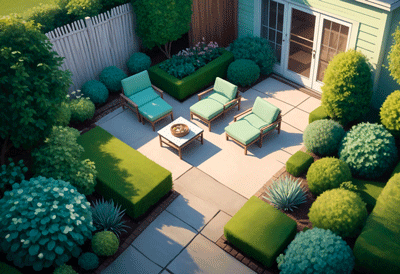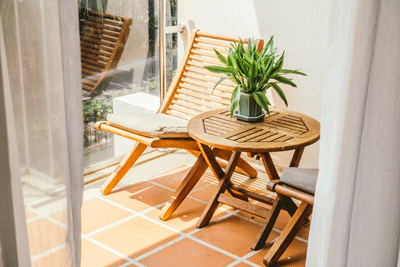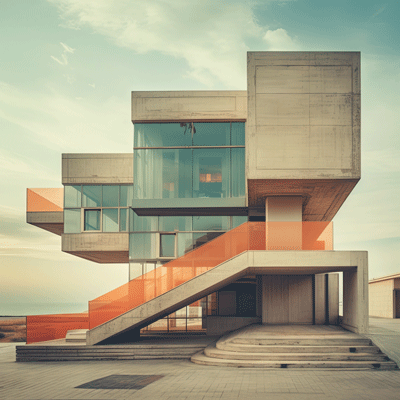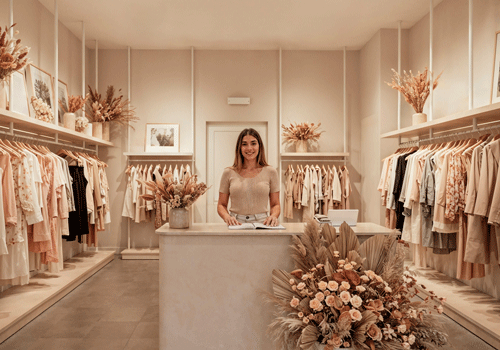
Interior & Exterior Design
Showrooms Design
Essential Tips for Designing a High-Impact Showroom
A showroom is more than just a place to display products; it’s a powerful marketing tool that tells your brand’s story, engages the senses, and directly influences purchasing decisions. The goal is to create an immersive and memorable experience.
1. Define Your Objective and Customer Journey
Before any design, clarify the purpose of your showroom.
What is the Goal? Is it to drive direct sales, generate leads, build brand awareness, or educate clients? The objective dictates the design.
Map the Customer Journey: Plan the exact path you want a visitor to take.
Entrance & First Impression: A strong, brand-defining welcome.
Discovery & Engagement: Areas where products are explored and stories are told.
Application & Context: Showing products in realistic settings.
Consultation & Close: A comfortable area for discussions and finalizing decisions.
2. Craft a Compelling Narrative and Brand Story
Your showroom should be a physical storybook of your brand.
Consistent Branding: Use your logo, color palette, and typography consistently throughout the space. However, avoid overloading it; let the brand be a subtle guide.
Tell a Story with Zones: Structure the space to tell a story. For a car showroom, this might be: Heritage -> Technology & Innovation -> The Driving Experience. For a furniture showroom, it could be: Living -> Working -> Dining -> Sleeping.
Focus on Benefits, Not Just Features: Use signage, digital screens, or trained staff to explain how the product improves the customer’s life, not just what it is.
3. Master the Layout and Flow
The flow of movement is critical for a positive experience.
Open and Inviting Pathways: Create a clear, logical, and spacious circulation path. Avoid dead ends. The layout should feel intuitive and guide visitors naturally from one area to the next.
Create “Moments”: Design focal points throughout the journey. This could be a stunning centerpiece product, an interactive display, or a beautifully styled vignette.
Balance Open Space with Intimacy: While an open plan feels grand, use partitions, changes in flooring, or strategic furniture placement to create more intimate, focused areas for considering high-value items.
4. Prioritize High-Impact Lighting
Lighting is the most powerful tool in a showroom designer’s arsenal.
Accent Lighting: Use track lighting, spotlights, and pin lights to dramatically highlight key products and draw attention. This creates visual hierarchy and drama.
Ambient Lighting: Provides the general illumination of the space. It should be comfortable and flattering, but not so bright that it competes with the accent lights.
Contextual Lighting: In vignettes or room settings, use lamps, sconces, and under-cabinet lighting to show how the products would look in a real home or environment.
Flexibility: Use dimmers and adjustable fixtures so you can change the mood and focus for different events or product launches.
5. Create Immersive and Contextual Displays
Help customers imagine owning your products.
Vignettes and Room Settings: Instead of lining products up on shelves, display them in fully-realized scenes (e.g., a complete living room, a functional kitchen, a cozy bedroom). This helps customers visualize the products in their own lives.
Interactive Elements: Allow touch, trial, and interaction. Let customers sit on the sofa, open the cabinet doors, or configure a product on a touchscreen. Engagement dramatically increases connection.
Incorporate Technology: Use:
Digital Signage: For dynamic content, videos, and specifications.
Touchscreens: For customizations, looking up inventory, or exploring other products.
Augmented Reality (AR): Allows customers to see how a product would look in their own space.
6. Focus on Sensory Engagement
A multi-sensory experience is more memorable.
Tactile Experience: Use a variety of materials and textures. Encourage customers to touch the finishes—the coolness of marble, the grain of wood, the softness of fabric.
Sound: Curate a playlist that reflects your brand’s personality (sophisticated, energetic, serene). Ensure the acoustics are good, and sound doesn’t echo in a large, hard space.
Scent: A subtle, signature scent can powerfully reinforce brand identity and create a welcoming atmosphere.
7. Design a Seamless Consultation Area
The final step in the journey must be comfortable and effective.
Dedicated Spaces: Have clearly defined, semi-private areas for sales discussions. These should be equipped with tables, comfortable chairs, power outlets for laptops/tablets, and easy access to water or coffee.
Technology Integration: Ensure staff can easily pull up product details, configurations, and quotes on a screen for the client to see.
8. Pay Attention to Finishing Touches
Signage and Graphics: Use clear, elegant, and informative signage. Avoid cluttering the space. Graphics should be high-resolution and professionally produced.
Storage: Cleverly hide stock and clutter. A clean, uncluttered environment feels more premium and allows the displayed products to shine.
Flexibility and Scalability: Design with modular displays and flexible systems that can be easily reconfigured for new product launches, seasonal changes, or special events.
Common Showroom Design Mistakes to Avoid
Poor Traffic Flow: A confusing layout that creates bottlenecks or leaves areas unused.
Overcrowding: Displaying too many products at once, which overwhelms the customer and devalues individual items.
Inconsistent Storytelling: A disconnect between the brand’s message and the physical environment.
Bad Lighting: Harsh shadows, dark corners, or flat, uniform lighting that kills the drama and appeal of the products.
Ignoring the Staff: Not designing a functional “back of house” area for staff, which is essential for them to serve customers effectively.
In summary, a successful showroom is an experience center. It should engage, inspire, and build an emotional connection between the customer and your brand, ultimately making the path to a purchase decision feel natural and exciting.






